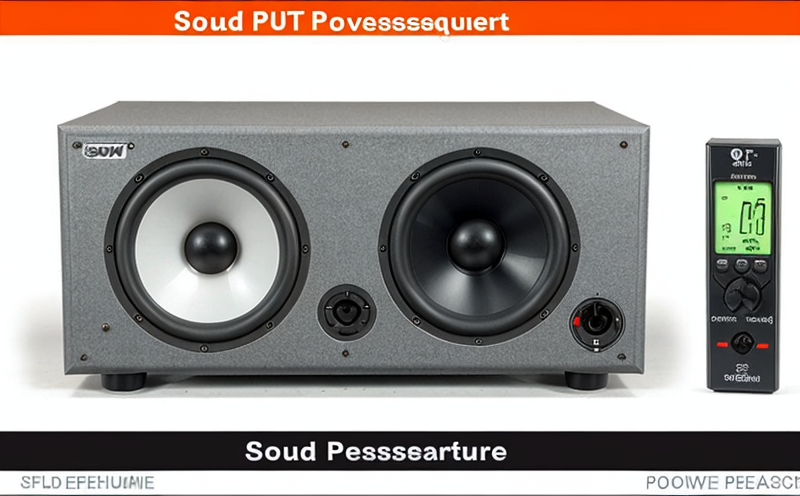ISO 3746 Determination of Sound Power Using Approximate Methods
The ISO 3746 standard provides a method for determining sound power levels from measured sound pressure levels using approximate methods. This service is essential for industries dealing with acoustics, vibration, and noise testing where precise quantification of sound energy emitted by sources such as machinery, equipment, or buildings is required.
The process involves measuring the sound pressure level in a reverberant room under specific conditions to derive sound power levels using predefined formulas. These methods are particularly useful when full anechoic chamber facilities are not available or are economically impractical. The service ensures compliance with international standards and helps clients meet regulatory requirements for environmental noise, occupational health, and product design.
Sound power measurements play a crucial role in various sectors including manufacturing, HVAC, and construction. By determining the sound power level of a source, engineers can assess its impact on surrounding environments and human health. This is critical for optimizing designs to meet stringent noise regulations and improve overall product performance.
The service also offers valuable insights into the sound insulation properties of materials used in building constructions. For example, understanding the sound power emitted by machinery within factory floors aids in designing more efficient acoustic barriers between workspaces and reducing noise pollution outside the premises.
ISO 3746 methods are widely recognized for their simplicity and cost-effectiveness compared to full anechoic chamber tests. However, it’s important to note that these approximate methods may introduce some uncertainty into the results if not conducted meticulously according to prescribed procedures. Therefore, expertise in conducting such measurements is crucial.
For accurate implementation of ISO 3746, several key parameters need careful consideration:
- The reverberation time must be within specified limits for reliable sound pressure level readings.
- Proper calibration of measurement equipment ensures consistent and repeatable results.
- Sources should be placed in a controlled environment to minimize external interference.
Our team specializes in providing comprehensive support throughout the entire testing process, from initial consultation through final report generation. With our extensive experience, we ensure that all aspects of ISO 3746 compliance are met effectively and efficiently.
| Applied Standards | Description |
|---|---|
| ISO 3746:1998 | Determination of sound power levels using approximate methods in reverberation rooms |
| ISO 3745:2019 | Sound power determination from measured sound pressure level distributions - Basic method |
| Industry Applications | Description |
|---|---|
| Machinery and equipment manufacturers | Evaluating the noise contribution of machinery to overall factory floor noise levels. |
| Construction companies | Assessing the sound insulation performance of walls, floors, and partitions in buildings. |
| R&D departments | Optimizing product designs to reduce unwanted noise emissions. |
The use of approximate methods as described in ISO 3746 is advantageous for industries that require regular sound power measurements but cannot afford the high costs associated with anechoic chambers. By leveraging this service, clients benefit from reliable data that supports informed decision-making and regulatory compliance.
Applied Standards
| Applied Standards | Description |
|---|---|
| ISO 3746:1998 | Determination of sound power levels using approximate methods in reverberation rooms. |
| ISO 3745:2019 | Sound power determination from measured sound pressure level distributions - Basic method. |
Industry Applications
- Machinery and equipment manufacturers
- Construction companies
- R&D departments
Why Choose This Test
Choosing the ISO 3746 method for sound power determination offers several advantages:
- Economic Efficiency: The approximate methods are less expensive than full anechoic chamber tests, making them accessible to a broader range of clients.
- Quick Turnaround: Reduced testing time due to simpler setup requirements compared to more complex setups needed for full anechoic chambers.
- Comprehensive Data: Provides valuable insights into sound emission patterns which can be used to refine product designs and improve performance.
In addition, our service ensures that clients receive accurate data aligned with international standards. This compliance is crucial for industries operating across multiple countries or regions where stringent noise regulations apply.
The expertise of our team guarantees consistent results that are reliable and repeatable under various conditions. We pride ourselves on delivering high-quality services tailored to meet the unique needs of each client.





